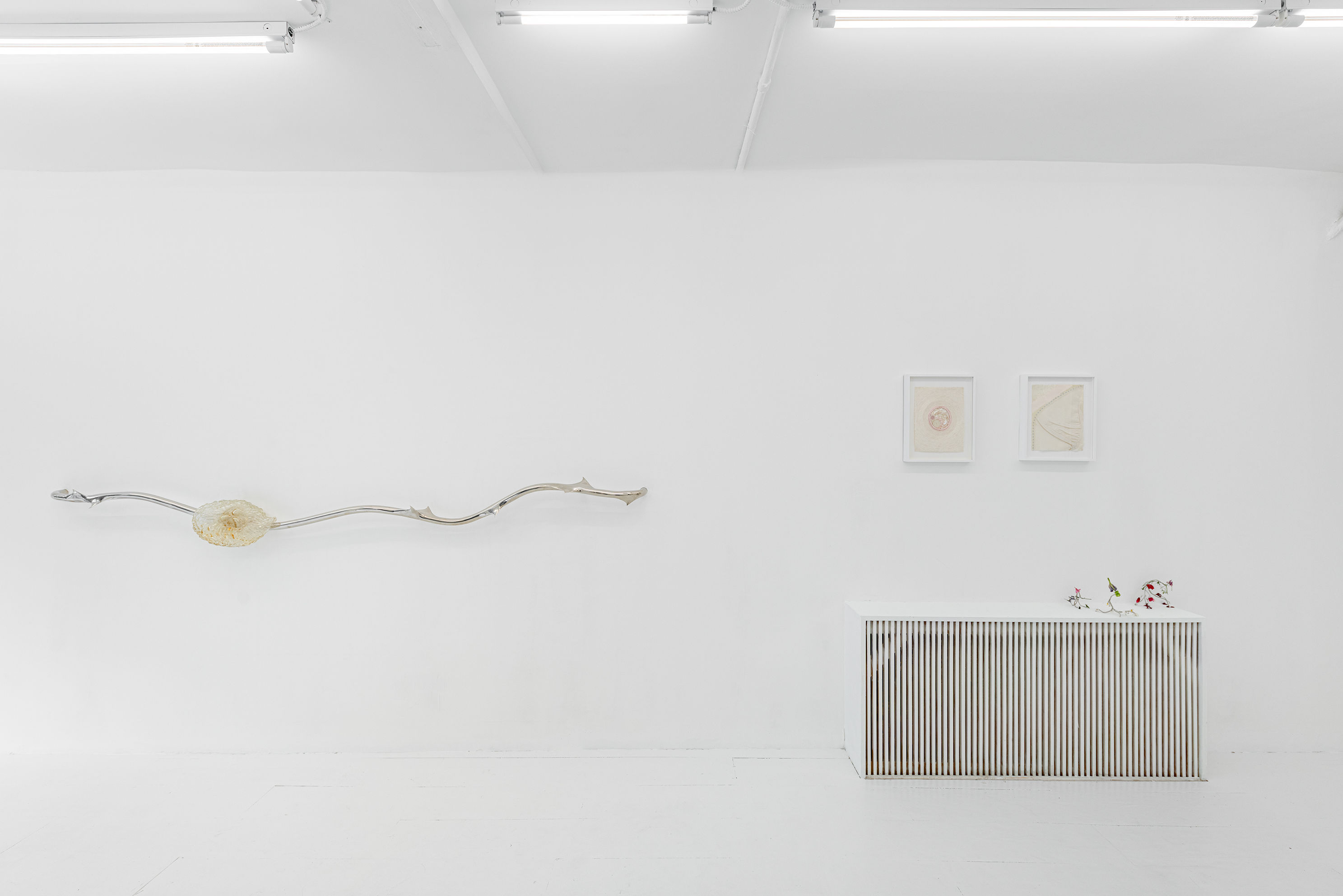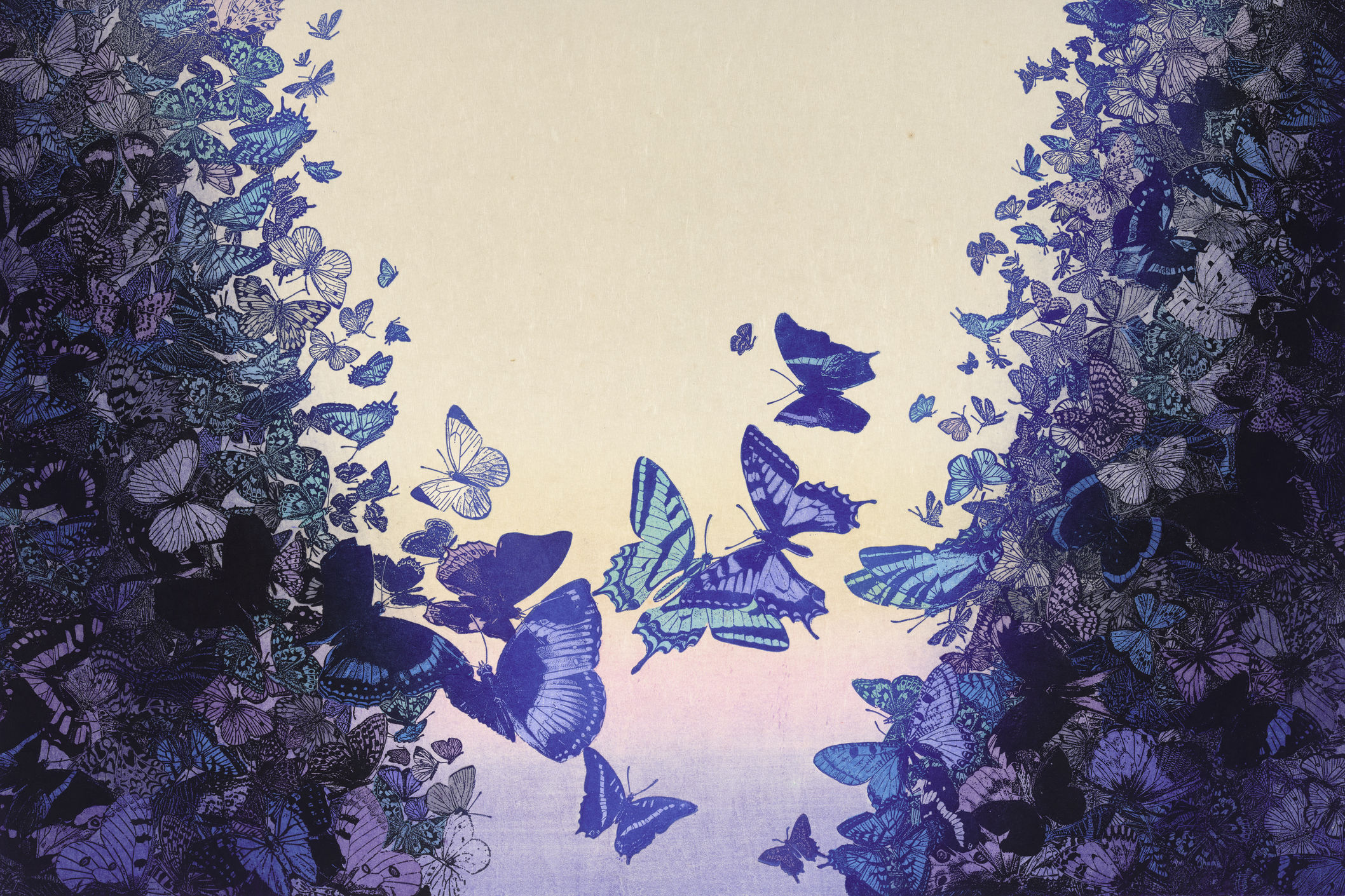Gordon Parks + Five First Thursday Cant-Misses
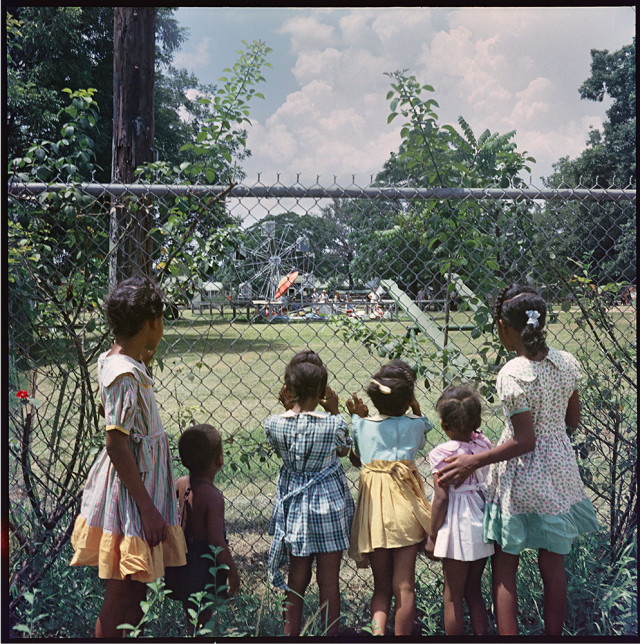
Outside Looking In, Mobile, Alabama, 1956, archival pigment print, 14" x 14" Image by Gordon Parks, courtesy of and © The Gordon Parks Foundation
Gordon Parks may be best known today for helping to spawn the blaxploitation genre with his Shaft films, but just as influential was his photographic work—gloriously on display this month at Blue Sky Gallery—documenting issues of racial and economic inequality during and after the Great Depression.
The self-taught Parks worked alongside legendary photographers like Dorothea Lange and Walker Evans for the New Deal-era Farm Security Administration. His talent was clear to his peers—and the leadership of Life, where he served as that magazine's first-ever African American staff photographer throughout the 1950s and 60s.
It was for Life that he created the photo essay now on display at Blue Sky. In saturated color, these 1956 photographs capture the Alabaman Thornton family as they confront physical markers of the segregated Jim Crow South, from signs designating “colored entrance” to all-white mannequins in a storefront.
Parks is a great reason to head to the Pearl this First Thursday, but he's not the only one. Also at Blue Sky, catch Lebanese photojournalist Sahmer Mohdad’s richly textured black-and-white images, which frankly capture modern Arab life from Gaza to Algeria.
Yes, art has no borders. Below, we pick five more can't-miss shows that smash barriers, undercut your assumptions, and redraw all the rules.
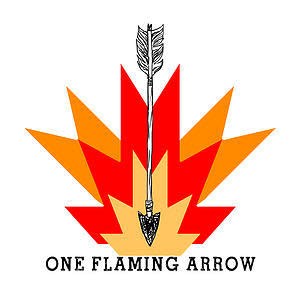
Festival runs June 4–14 at various locations across town.
One Flaming Arrow: Natalie Bell, Shilo George, and Britanny Britton
June 4–14, Surplus Space
One Flaming Arrow—a ten-day, city-hopping inter-tribal music and arts festival—features events ranging from film screenings to poetry readings and a low-rider bike workshop. Oregon-based artists Ball, George, and Britton—Modoc–Klamath, Southern Cheyenne–Arapaho, and Hupa, respectively—take over Surplus Space this Thursday for an exhibit that explores themes of indigeneity and gender through media including sculpture, textile, and drag.
June 5–25, Eutectic Gallery
Clouds to clay: this month, Portland’s preeminent contemporary ceramics gallery reinterprets all things cirrus, stratus, and cumulus. Galloway’s “The Place It Is That I Call Home” is a room-sized piece in which organically mottled plates and bowls hang from the ceiling, mimicking a clouded sky; Page's slip-cast "bubbles" imply molecules, planets, and other objects in flux; meanwhile, Beck's cooling towers and ash plumes evoke the darker side of sky-watching.
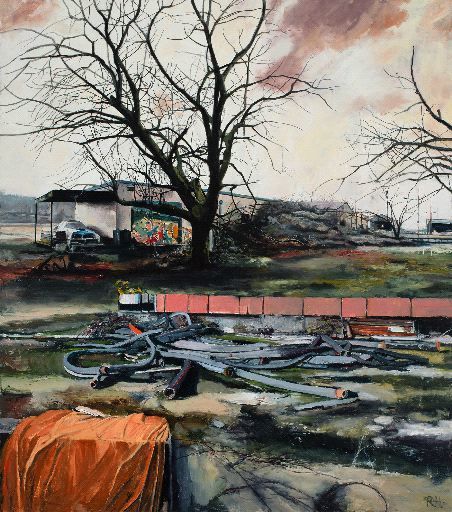
Darker with the Day, by Roll Hardy.
Roll Hardy and Mel Katz
June 4–27, Laura Russo Gallery
Like another famed California-bred Hardy, Don Ed—no relation, we believe!—Roll Hardy is known (to locals) as a tattoo artist, poking out intricate inkscapes at Portland’s Lombard Street Tattoo. His Laura Russo exhibition concerns less fleshy subject matter, focusing on Portland’s neglected and abandoned industrial sites: container ships, garages, and slush-covered train tracks loom in expertly applied oils on canvas. Also showing: veteran Portland abstract artist Mel Katz, whose work in aluminum and steel is displayed as a retrospective.
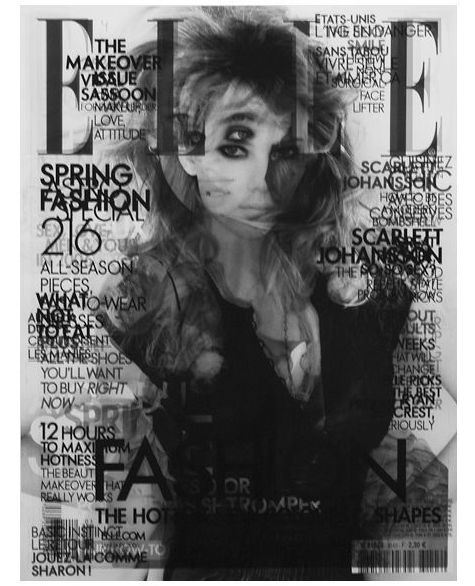
Refashioning Elle: the magazine gets an Oorebeek update.
Willem Oorebeek
May 30–July 19, Yale Union
Mass media manipulated: whether reworking the cover of Elle magazine, Pieter Bruegel’s Babel, or the stipple portraits of the Wall Street Journal, Dutch artist Oorebeek (in his first American exhibition) seeks to challenge notions of power and print.
Gregory Euclide, Alex Lukas, and Laura Vandenburgh: Urban Growth Boundary
June 3–July 18, Upfor Gallery
A gilt-framed pastoral spills its contents onto the floor; paper webs up walls like a live thing; intricate monotype decorates concrete fragments scattered in grass. Artists Lukas, Vandenburgh, and Euclide ask where—or if—humanity observes growth boundaries today.

